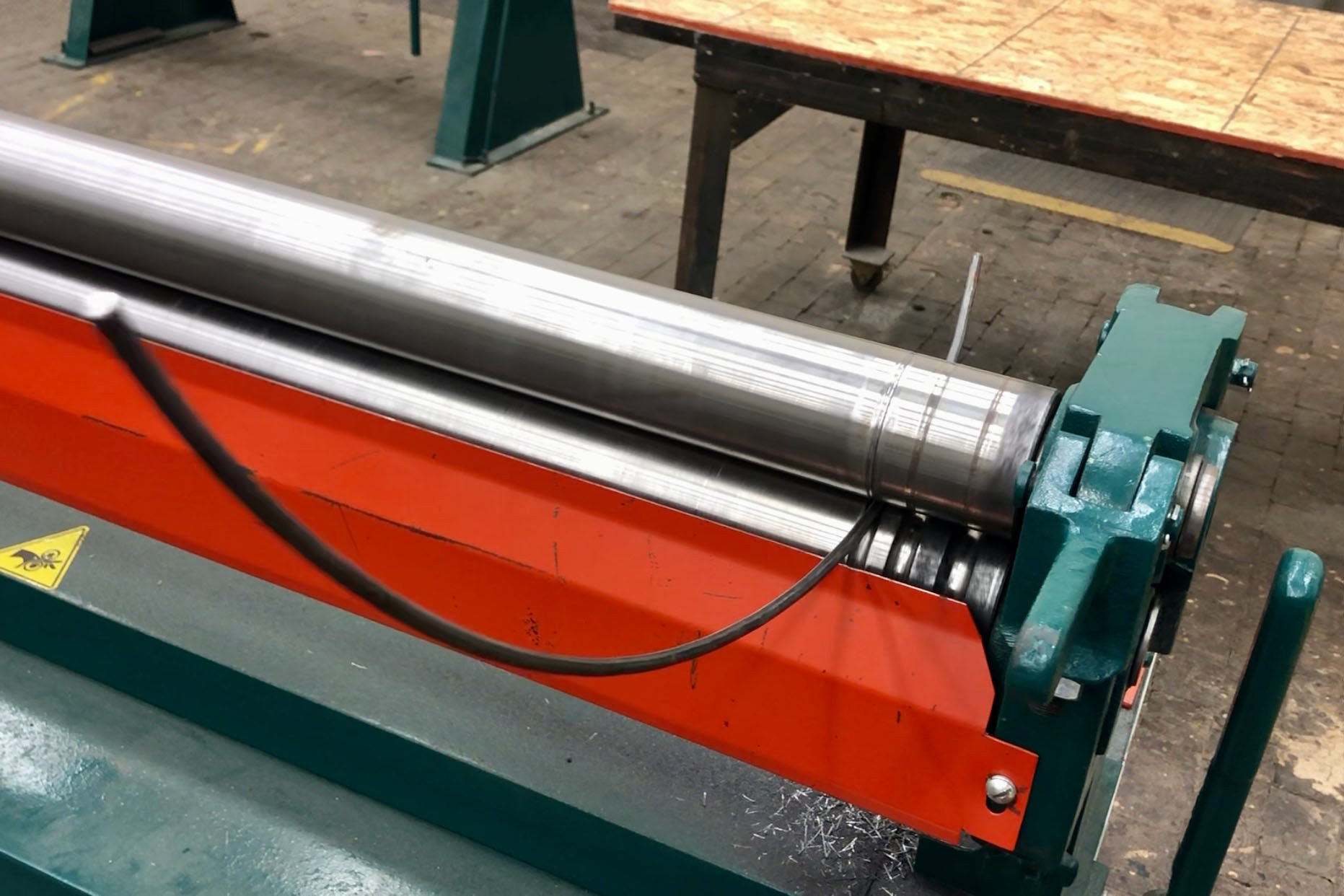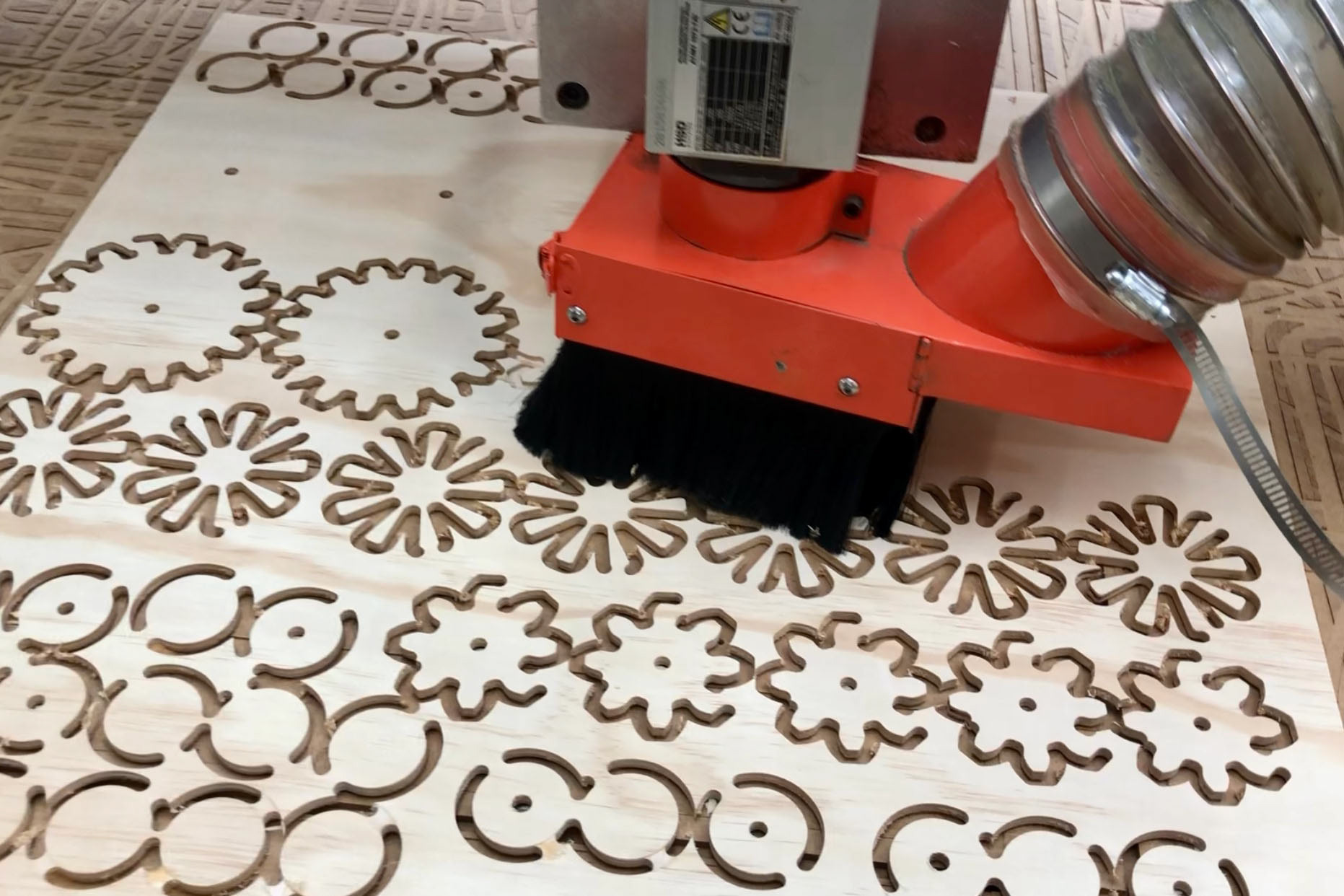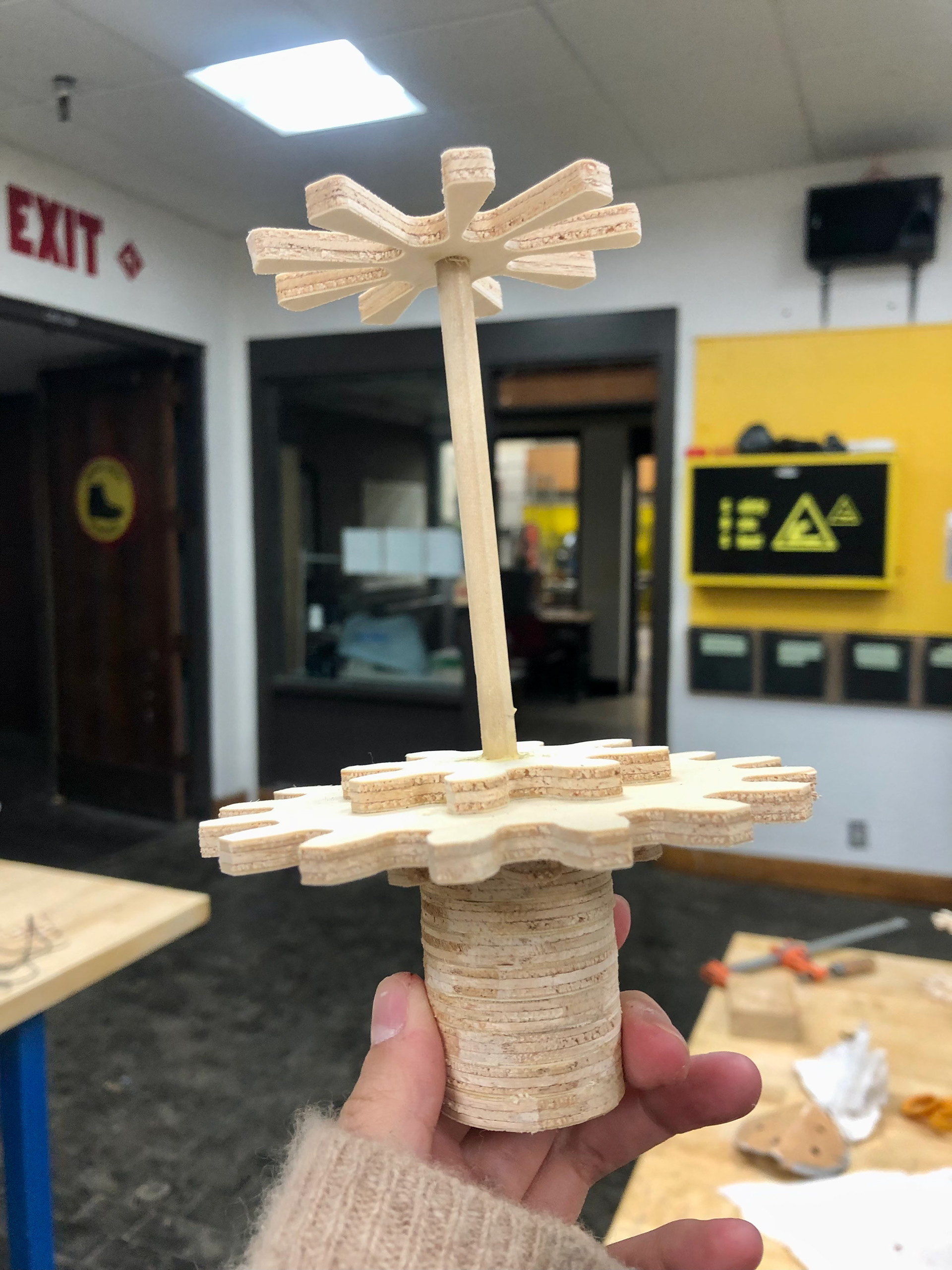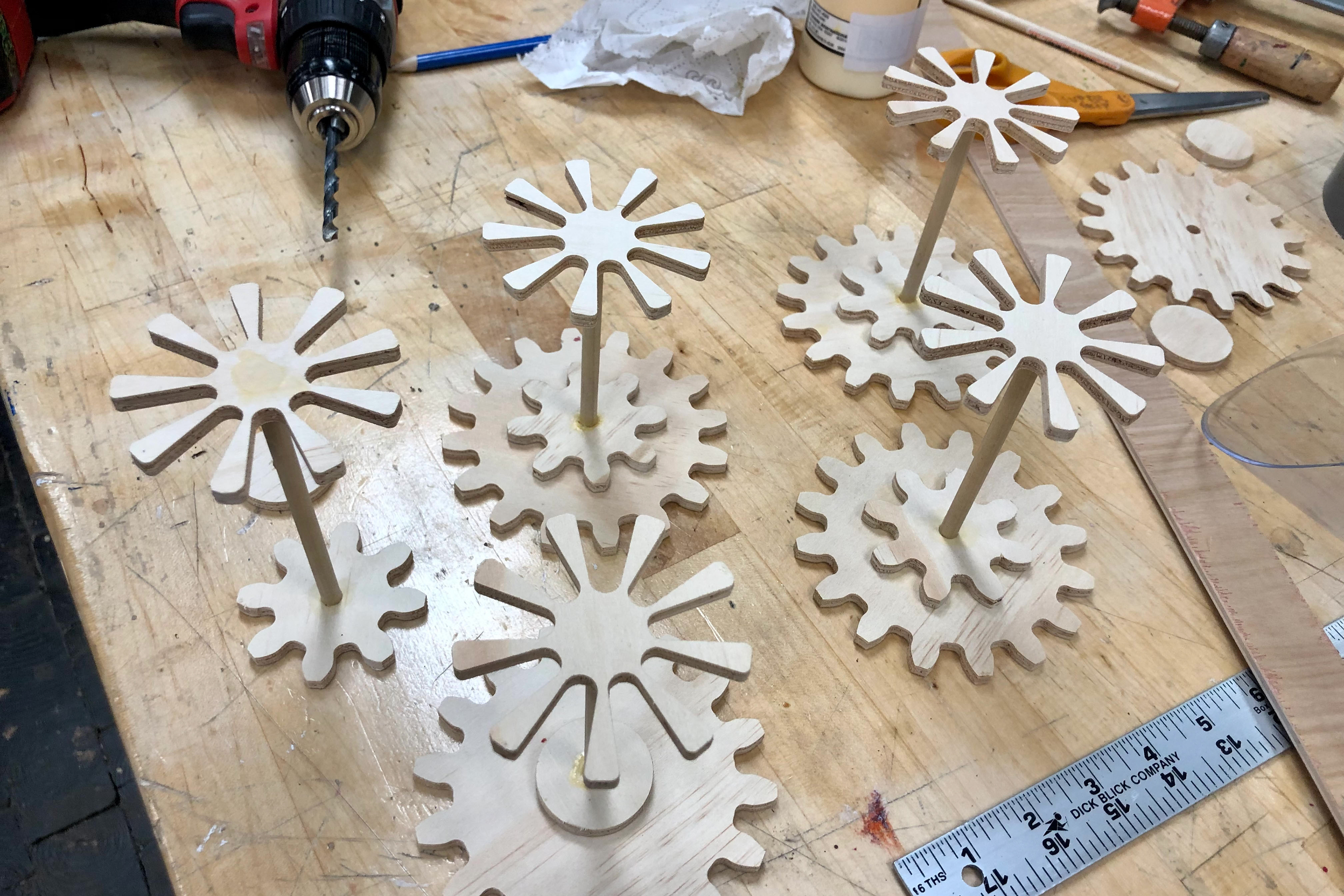My graduate practice revolves around poetic visualization of scientific concepts or processes, with an emphasis on those that are invisible. The scientific subjects I have chosen to explore range from the classic discoveries of basic concepts, to descriptions of cutting-edge technology. My projects are an attempt to turn passive learning experiences into active ones. I employ poetic visual language as a strategy to engage the audience, and then guide them to understand the subject by contextualizing of textual information.
My work is intended to stimulate the curiosity of inquisitive adults and encourage them to explore the workings of the universe. Some of the projects focus more on telling a certain scientific subject of multifactorial complexity in an approachable and pleasurable way, while others on evoking interest in science through wondrous sensation created by form.
Project 01: Flower of Time Dilation
My practice started my own amazement upon learning counterintuitive facts from the Theory of Relativity in a popular science book. This led to the creation of my first project, “Flower of Time Dilation”, a large-scale kinetic sculpture installed in a nature setting with different growing speed of flowers at different heights, which serves to showcase time’s unevenness: time passes more quickly at higher altitudes caused by the giant gravitational source of earth.
By offering a contemplative experience, the sculpture disrupts our preconceived notions of time and provides an entry point to think about the idea that the universe operates in ways beyond human comprehension, the comprehension built upon our language and invented concepts.
Time-lapse and modeling are used here as demo.
Text on the spiral around the sculpture: “Our earth, the giant gravitational source, dilates time…”
Project 02: DNA Data Storage
An explainer video about DNA data storage–a cutting edge technology to solve data storage crisis. To make the video engaging and relatable, I incorporate mixed media that deviates from the standard flat clinical style often seen in science educational videos, and utilize photography of tangible objects to depict microscopic processes.
Through synthesizing information from online resources and consultation with scientist, I tried to identify patterns within the complexity of information, and reach the balance between oversimplification and excessive technicality. By carefully considering the script and visual strategy, I sought to ensure that they best fit with each other.
Project 03: Life Feeds on Negative Entropy
A multimedia experiential space that employs interactive projection, motion on TV screens, physical installations to provide viewers with a new perspective on why life operates the way it does. In this project, the visual is relatively loose, and the description text on the wall serves as an anchor for the audience to understand the space.
Project 04: Math Objects
Math objects convert simple math concepts into whimsical objects, aiming to encourage the audience to look into subjects that are typically thought to be tedious.
Envision a space with numerous such objects, each of which showcases the captivating forms that can be created through mathematical concepts. By drawing the audience’s attention to these forms, I hope to spark their curiosity about the underlying mathematics.
The Shelf of Fibonacci Sequence
The Windmill of 2^n
material: wood
modeling







behind the scenes
Looking back, I think I may have chosen the subject of my thesis too intuitively, deceived by the words “You don’t need to be an expert in something in order to explore it.” and “You can do it as long as you have enthusiasm” The whole year is extremely frustrating and exhausting, and I never met my expectations.
My initial goal, if I remember correctly, was to bring a sense of wonder to the audience and enable them to experience the world beyond their normal recognition and perception. From the very beginning, I was worried about what level of scientific knowledge is enough for a designer to achieve such a goal. I think I can provide the answer after this year: it takes systematic and in-depth understanding to simplify complexity and not be limited by the randomness and specificity; only then can science and poetry coexist, rather than being incompatible to each other like in my projects... In a short period of time, I could only randomly select the subjects to experiment with, resulting in the random development of the projects. My extensive research on historical and contemporary models seems to be in vain because it takes higher-level scientific knowledge to apply them.
On the other hand, I also feel fortunate to believe in these words, otherwise I wouldn’t have the courage to do this topic. At first I felt disillusioned: the thesis killed my interest in both visual design and science. But I changed my thoughts after a few days: it was just a matter of time span. If I haven’t achieved my goal this year, it doesn’t mean I won’t be able to in the future.
The thesis is just the beginning, not an end. After all, what better opportunity would there be if I didn’t start at this time?
to be continued :)